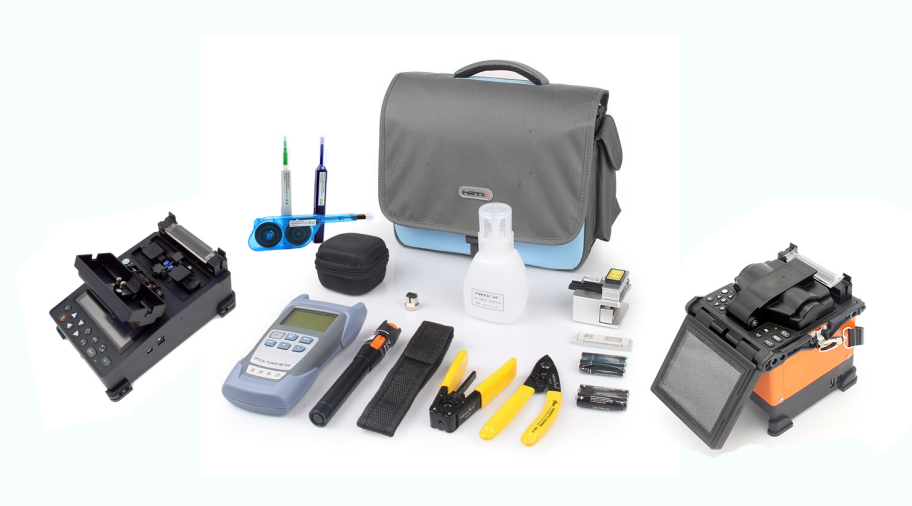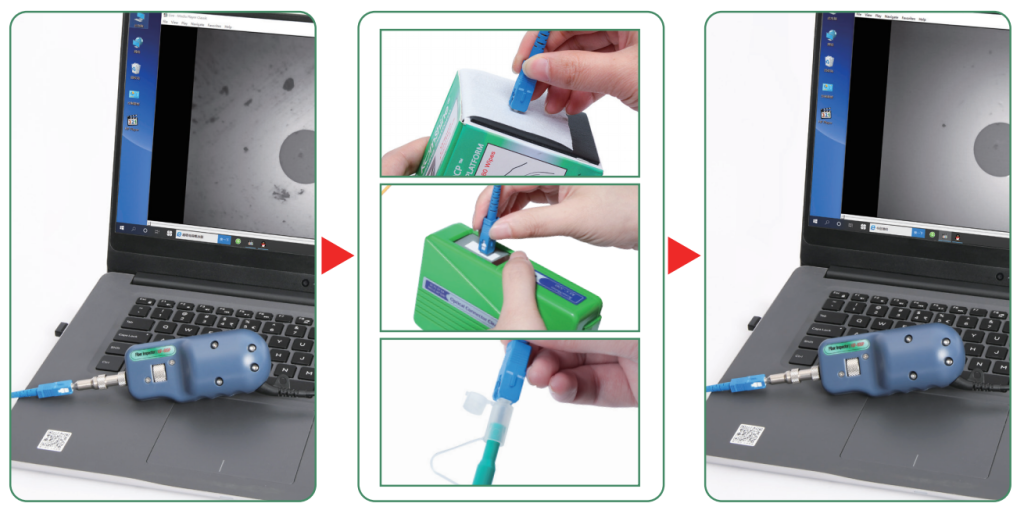PRODUCTS
Support
Contact us
- +86-0752-3894899
- +86-0752-3894889
- sales@omcftth.com
- A1 BLDG, Sinyink intelligent Industrial park, Hongxi Avenue, zhongkai High-tech District ,Huizhou, Guangdong. P.R. CHINA,
Home » Fiber Tools » Fiber Testing Tools
In the fast-paced world of telecommunications, fiber optic technology has revolutionized the way we transmit data. With the increasing demand for high-speed internet and the need for reliable connectivity, the importance of fiber testing tools cannot be overstated. This article will delve into the evolution of these Fiber Testing Tools, their current capabilities, and how they ensure the quality and performance of fiber optic networks.

The journey of fiber optic testing began with the advent of fiber optic cables themselves. Initially, testing was rudimentary, involving simple continuity checks and basic loss measurements. As technology advanced, so did the need for more sophisticated tools to measure the performance of these cables accurately.
Over the years, fiber testing tools have evolved significantly. Today, we have a plethora of tools at our disposal, each designed to address specific aspects of fiber optic network testing. Here are some of the key advancements:




Regular testing of fiber optic networks is crucial for maintaining the integrity and performance of the system. It helps in:
– Identifying and locating faults quickly.
– Ensuring the network meets the required standards for performance.
– Preventing downtime and service disruptions.
– Prolonging the life of the fiber optic infrastructure.
As we move towards smarter and more automated systems, fiber testing tools are integrating with software solutions that provide real-time data analysis, remote testing capabilities, and predictive maintenance insights. This integration not only streamlines the testing process but also enhances the ability to manage and maintain large-scale fiber networks.
The future of fiber testing tools is promising, with ongoing research and development aimed at making these tools more accurate, portable, and user-friendly. We can expect to see advancements in:
– AI and Machine Learning: To predict fiber failures and optimize testing protocols.
– Wireless Testing Solutions: Allowing for testing in hard-to-reach or hazardous locations.
-Higher Resolution and Sensitivity: For detecting smaller faults and more precise measurements.
Copyright© OMC GROUP